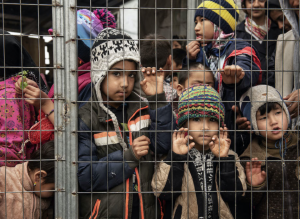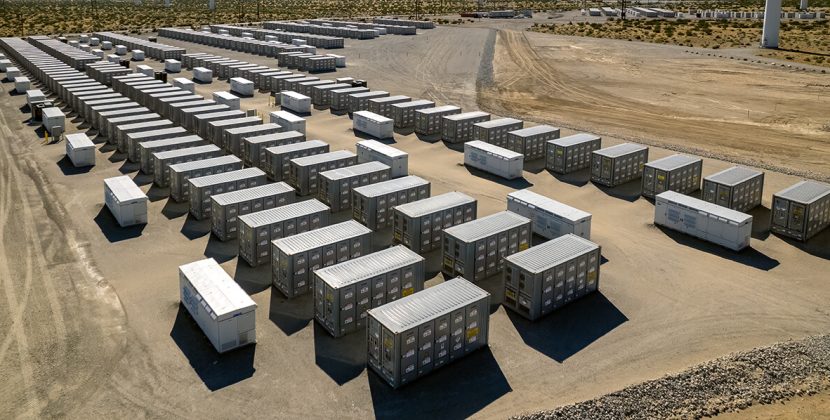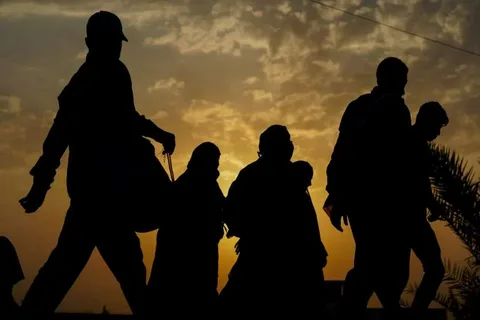
Migration has always been a crucial aspect of human history, shaping societies, economies, and cultures. In recent years, global migration policies have undergone significant changes, reflecting evolving geopolitical, economic, and social landscapes. This article delves into the current trends in global migration policies, focusing on key aspects such as border security, humanitarian considerations, economic impacts, and international cooperation.
Border Security and Control

One of the most prominent trends in global migration policies is the tightening of border security and control. Countries around the world are increasingly prioritizing the protection of their borders to manage the flow of migrants. This trend is particularly evident in regions experiencing high levels of irregular migration.
For instance, the United States has implemented stringent measures to secure its southern border, including the construction of physical barriers and the deployment of advanced surveillance technologies. Similarly, the European Union has bolstered its border security through agencies like Frontex, which coordinates border control efforts among member states.
The emphasis on border security aims to curb illegal immigration, human trafficking, and smuggling activities. However, it has also raised concerns about the humanitarian treatment of migrants and the potential for human rights violations.
Humanitarian Considerations
Amid the focus on border security, there is a growing recognition of the need to address the humanitarian aspects of migration. Many countries are adopting policies that balance security concerns with the protection of migrants’ rights and dignity.
The Global Compact for Safe, Orderly, and Regular Migration, adopted by the United Nations in 2018, underscores the importance of safeguarding migrants’ human rights. It encourages countries to develop policies that ensure access to essential services, legal protection, and opportunities for integration.
Countries like Canada and Germany have set examples by implementing policies that prioritize the resettlement of refugees and asylum seekers. These policies often include comprehensive support programs, such as language training, employment assistance, and social integration initiatives.
Economic Impacts
Economic considerations play a significant role in shaping migration policies. Many countries recognize the potential economic benefits of migration, including filling labor shortages, boosting innovation, and contributing to demographic stability.
In response to aging populations and declining birth rates, countries like Japan and Germany have introduced policies to attract skilled migrants. These policies often include streamlined visa processes, incentives for highly qualified professionals, and pathways to permanent residency.
Moreover, the COVID-19 pandemic has highlighted the essential role of migrant workers in various sectors, such as healthcare, agriculture, and logistics. This realization has prompted some countries to reevaluate their migration policies to ensure the continued availability of critical labor.
International Cooperation

Migration is a global phenomenon that requires international cooperation to address its complexities effectively. Countries are increasingly recognizing the importance of working together to manage migration flows, share best practices, and address root causes.
Regional agreements and organizations play a vital role in facilitating cooperation. For example, the European Union’s Common European Asylum System aims to harmonize asylum procedures and standards across member states. Similarly, the African Union has developed the Migration Policy Framework for Africa to guide member states in managing migration in a coordinated manner.
Bilateral agreements are also becoming more common. Countries like Australia and New Zealand have established migration partnerships with Pacific Island nations to address labor mobility and development needs. These agreements often include provisions for skills training, remittances, and social protection for migrant workers.
Technological Advancements
Technological advancements are transforming migration policies and practices. Digital tools and data analytics are being increasingly used to manage migration flows, enhance border security, and improve the efficiency of migration processes.
For instance, biometric technologies, such as facial recognition and fingerprint scanning, are being employed at border crossings to verify the identities of travelers. These technologies help streamline the processing of migrants and enhance security.
Additionally, digital platforms are being used to facilitate the matching of migrants with job opportunities. Countries like Canada have implemented online systems that allow employers to connect with skilled migrants, making the migration process more transparent and efficient.
Climate Change and Migration
Climate change is emerging as a significant driver of migration, prompting countries to develop policies that address the displacement of people due to environmental factors. Rising sea levels, extreme weather events, and resource scarcity are forcing communities to relocate, often across national borders.
Countries like Bangladesh and Kiribati are at the forefront of addressing climate-induced migration. They are implementing adaptation strategies, such as building resilient infrastructure and developing relocation plans for affected communities.
International organizations, including the International Organization for Migration (IOM), are working to raise awareness about the link between climate change and migration. They advocate for policies that provide support to climate migrants and promote sustainable development in vulnerable regions.
Conclusion
Global migration policies are evolving in response to a myriad of challenges and opportunities. The trends in border security, humanitarian considerations, economic impacts, international cooperation, technological advancements, and climate change reflect the complexity of managing migration in the 21st century.
As countries continue to navigate these trends, it is essential to strike a balance between security and humanitarian concerns, recognize the economic contributions of migrants, and foster international cooperation. By doing so, the global community can develop migration policies that are not only effective but also just and inclusive.










